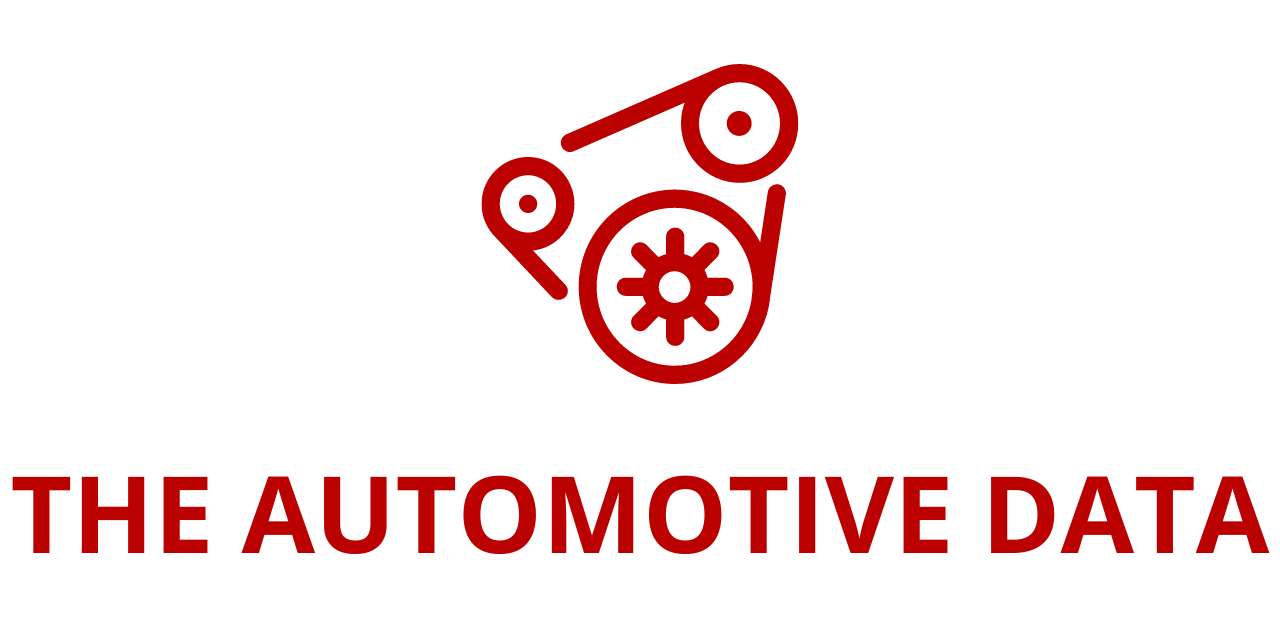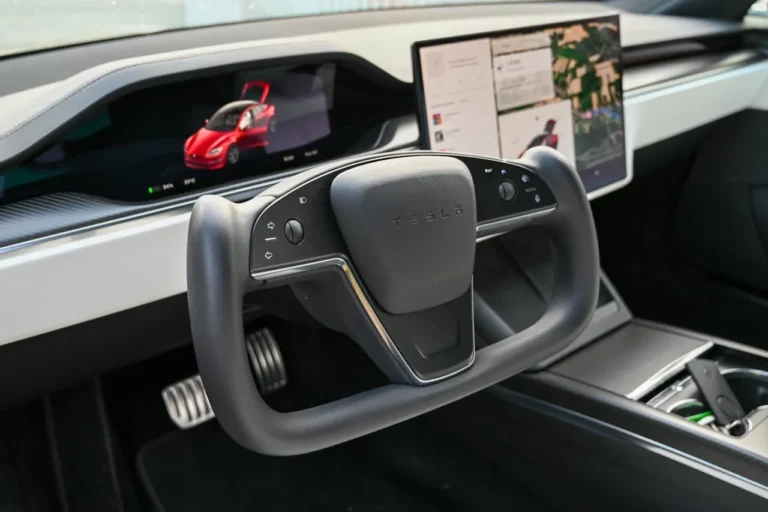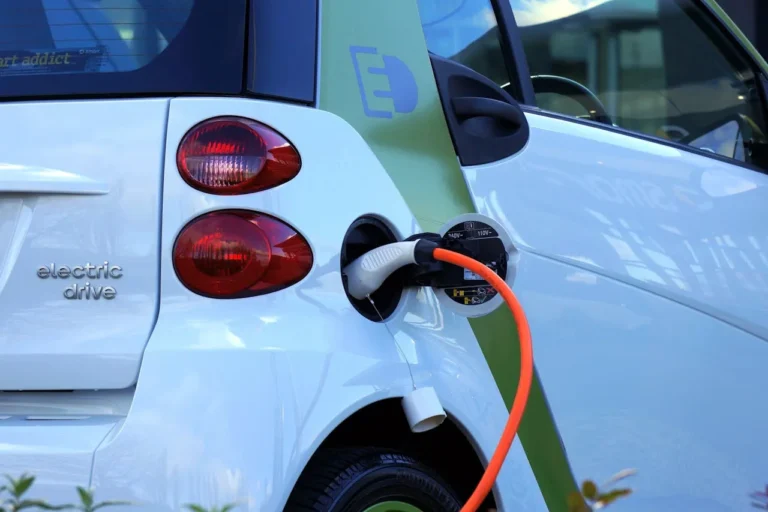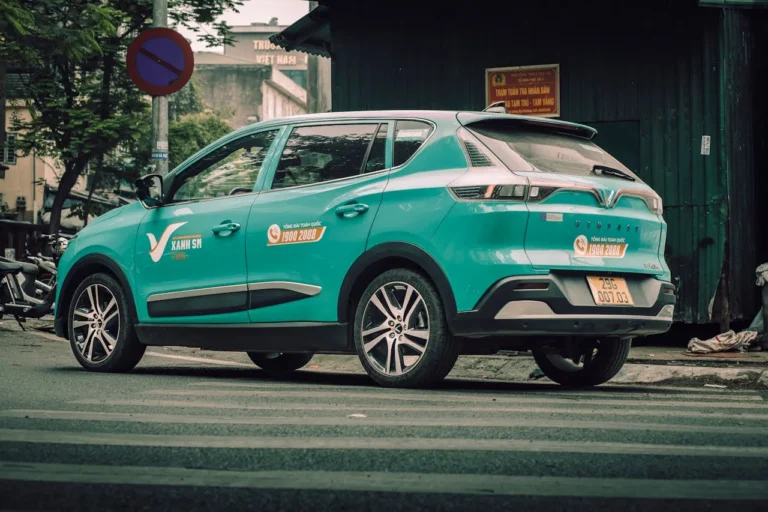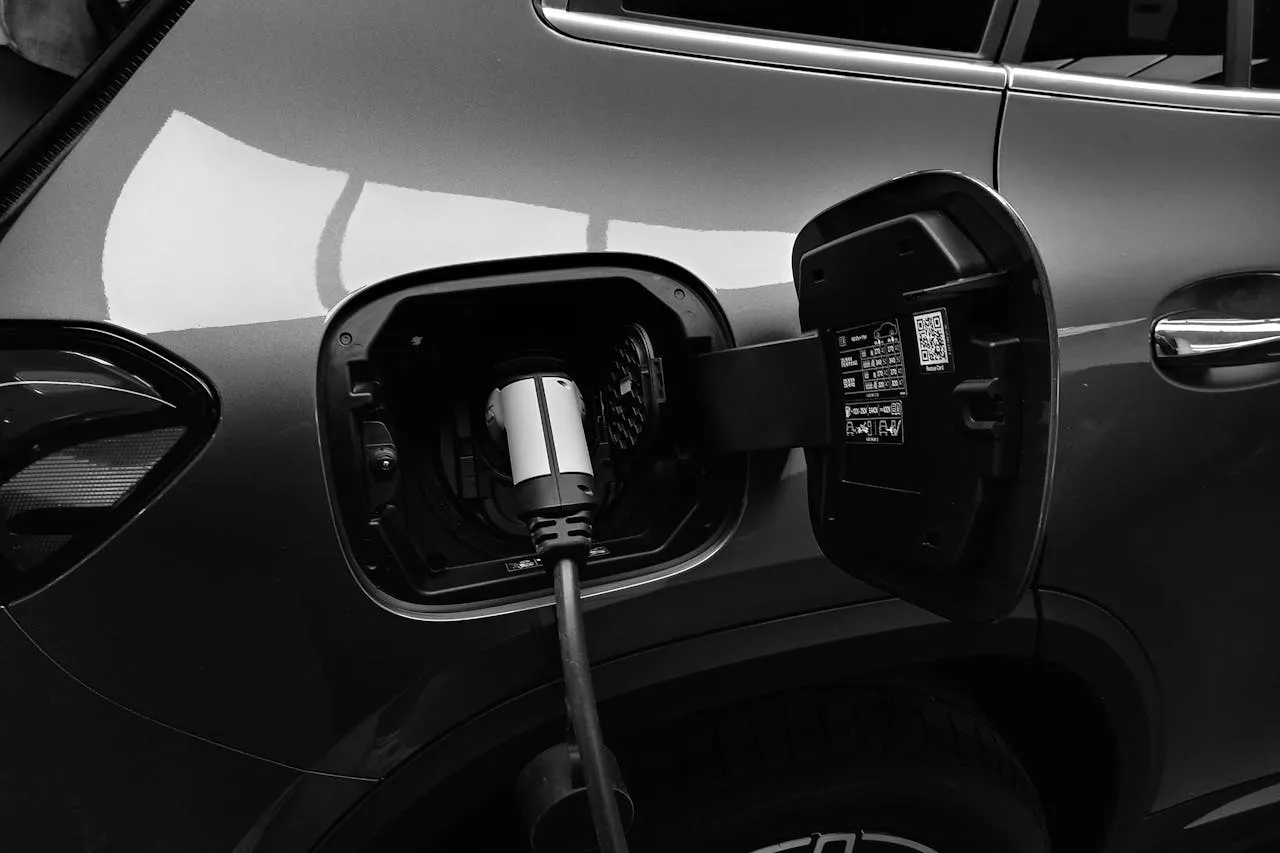
Electric Cars with Bidirectional Charging, A Game Changer for Europe
Electric vehicles (EVs) equipped with bidirectional charging technology are poised to revolutionize Europe’s energy landscape. This cutting-edge technology allows EVs to not only draw electricity from the grid but also store and feed it back when needed, creating a dynamic and efficient energy system. According to a recent study by Transport & Environment (T&E), bidirectional charging could save billions of euros by optimizing electricity generation, reducing energy waste, and lowering fuel consumption. However, unlocking its full potential requires clear and supportive regulatory frameworks.
To highlight the transformative potential of bidirectional charging, Europe’s largest energy industry alliance, The smarter E Europe, will dedicate a special exhibit to this groundbreaking technology. The event, scheduled to take place from May 7–9, 2025, at Messe München, will explore opportunities and challenges for both the mobility and energy sectors.
Unlocking Billions in Savings
A study by the Fraunhofer Institutes estimates that bidirectional charging could deliver savings of up to €22 billion annually across the EU, equivalent to approximately 8% of the costs of building and operating Europe’s energy system. Over the decade from 2030 to 2040, these savings could surpass €100 billion. In Germany alone, bidirectional charging is projected to yield annual savings of €8.4 billion by 2040.
The cost savings stem primarily from the ability to optimize the use of generation capacity, minimize curtailment of renewable energy, and reduce the reliance on fossil fuels. By enabling EVs to act as mobile energy storage units, the need for stationary storage systems decreases significantly, which lowers investment and operational costs for energy providers.
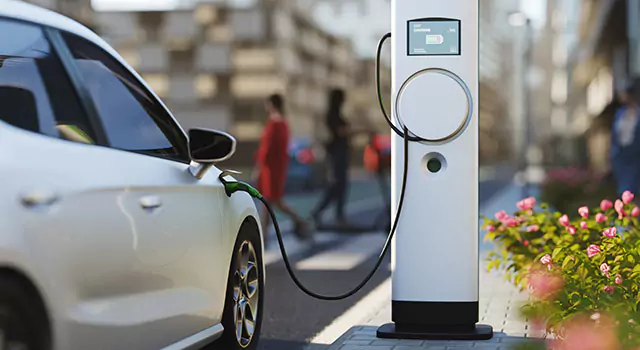
Enhancing Renewable Energy Integration
Electric vehicles equipped with bidirectional charging can play a crucial role in integrating renewable energy sources, especially solar power, into the grid. The T&E study indicates that the adoption of this technology could reduce the need for stationary storage devices in the EU by up to 92%. Additionally, installed photovoltaic (PV) capacity could increase by as much as 40%, as EVs provide a reliable mechanism for balancing the variability of solar energy.
EV owners stand to benefit as well. Bidirectional charging can lower electricity costs by allowing owners to store energy during off-peak hours and sell it back to the grid during peak demand. Moreover, smart charging processes optimize battery states of charge, reducing wear and extending battery lifespans. This dual advantage of economic and environmental benefits makes bidirectional charging a win-win solution for all stakeholders.
Early Success Stories and Pilot Projects
Despite its transformative potential, bidirectional charging is still in its early stages, with several pilot projects demonstrating its feasibility. In France, Renault has partnered with The Mobility House to launch the first vehicle-to-grid (V2G) service. Owners of V2G-enabled Renault 5 vehicles can charge their cars for free while contributing their stored energy to the grid. This initiative is set to expand to Germany and the United Kingdom in the coming year, showcasing the scalability of the model.
These pilot projects underline the practical benefits of V2G technology. By enabling vehicles to act as decentralized energy storage units, they help stabilize the grid, reduce reliance on traditional power plants, and maximize the use of renewable energy. As these projects expand, they pave the way for broader adoption across Europe.
Overcoming Regulatory Barriers
The widespread implementation of bidirectional charging faces significant regulatory hurdles. In Germany, for instance, the rollout of smart meters—a critical enabler for V2G technology—has been slow. Additionally, legal frameworks needed to support the adoption of bidirectional charging are still underdeveloped.
At the Second European Summit for Bidirectional Charging, stakeholders called for several key measures to address these challenges. These include eliminating double payments of stored electricity through surcharges and grid charges, ensuring that green electricity stored in EV batteries remains eligible for subsidies under the Renewable Energy Sources Act (EEG), and accelerating the deployment of smart meters. Clear regulatory guidelines are essential to encourage investment and foster innovation in this promising field.
Spotlight on Bidirectional Charging at The smarter E Europe 2025
The smarter E Europe 2025 will provide a platform to showcase the latest advancements, applications, and future potential of bidirectional charging. A special exhibit, located adjacent to the Power2Drive Forum, will feature interactive sessions, guided exhibition tours, and panel discussions. Industry leaders, policymakers, and researchers will convene to exchange insights and strategies for overcoming existing challenges.
Key partners for the special exhibit include Eurelectric, AVERE, and SmartEn, all of which are committed to advancing sustainable energy solutions. By bringing together stakeholders from across the energy and mobility sectors, the event aims to accelerate the adoption of bidirectional charging and promote a cleaner, more efficient energy system in Europe.
The smarter E Europe: A Hub for Energy Innovation
As Europe’s largest alliance of energy industry exhibitions, The smarter E Europe integrates four leading events: Intersolar Europe, ees Europe, Power2Drive Europe, and EM-Power Europe. These exhibitions collectively cover the entire spectrum of sustainable energy solutions, from solar power and energy storage to e-mobility and smart grids. The 2025 edition will take place from May 7–9 at Messe München and is expected to draw thousands of visitors and exhibitors from around the world.
A Future Powered by Bidirectional Charging
Bidirectional charging represents a pivotal innovation at the intersection of mobility and energy. By enabling EVs to serve as both consumers and suppliers of electricity, this technology offers a path to greater energy efficiency, reduced costs, and enhanced integration of renewable energy sources. However, realizing its full potential depends on addressing regulatory challenges and fostering collaboration across industries.
The smarter E Europe 2025 will play a vital role in driving this transformation. By spotlighting bidirectional charging and facilitating dialogue among key stakeholders, the event will help pave the way for a more sustainable and resilient energy future in Europe. As pilot projects expand and regulatory frameworks evolve, bidirectional charging is set to become a cornerstone of Europe’s clean energy transition.
